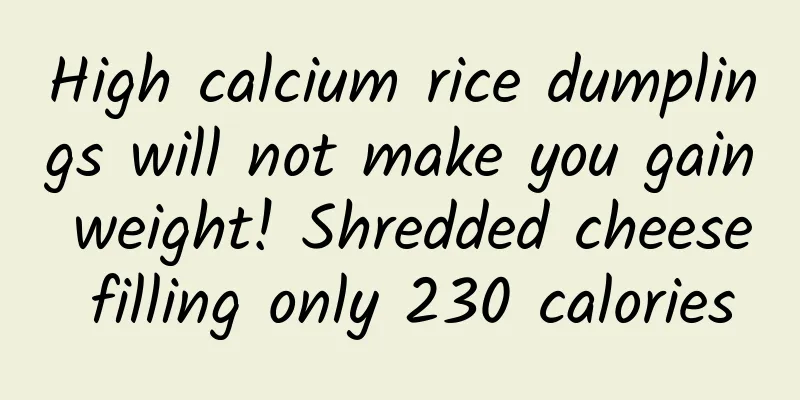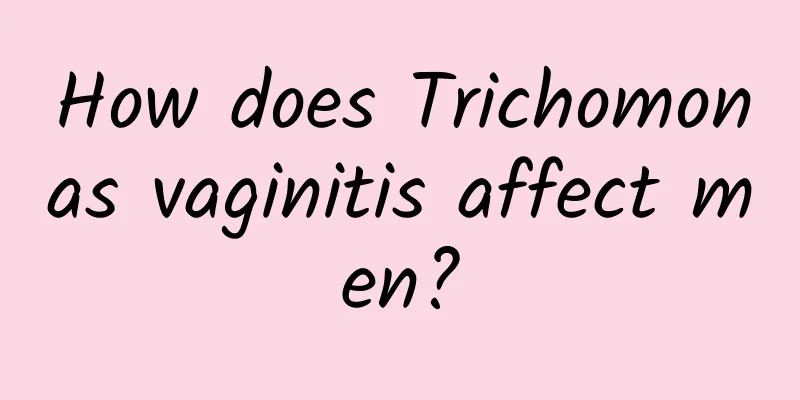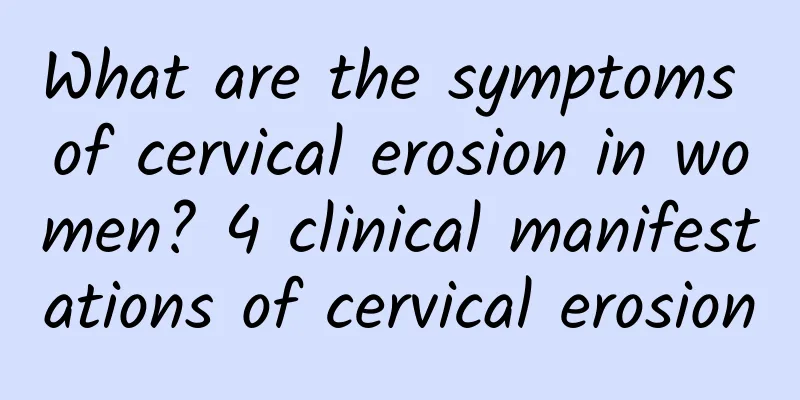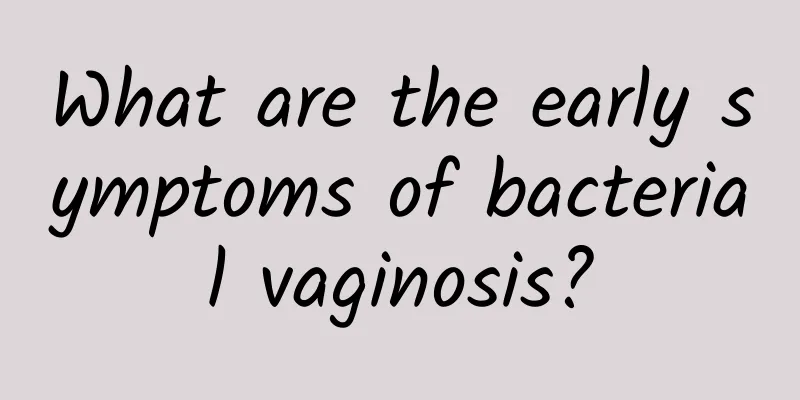How to treat uterine fibroids

|
How to treat uterine fibroids? Uterine fibroids are a common gynecological disease in today's life. The occurrence of this disease seriously affects the patient's physical and mental health, and may even cause female infertility. Therefore, patients should actively seek treatment. So, how to treat uterine fibroids? Let's take a look. Clinical surgical treatment of uterine fibroids: 1. Myomectomy: Cut open the uterus, remove the uterine fibroids from the pseudocapsule, and then suture the uterus. The uterus is retained, so that the patient can still have menstruation after surgery, the uterus's reproductive function is retained, and the female internal reproductive organs and their blood supply and function are retained. However, there is a possibility of recurrence of uterine fibroids after surgery. For some patients, laparoscopic myomectomy can be performed according to specific circumstances. 2. Hysterectomy: It is the most traditional and classic surgical approach for uterine fibroids. It removes the uterine body and (or) cervix, retains one or both adnexa, and can also remove both ovaries. It is suitable for any disease that requires hysterectomy, especially patients with cervical lesions, and can reduce the incidence of cervical stump cancer. However, postoperative vaginal shortening and pelvic floor ligament relaxation may cause sexual intercourse pain, etc. Radiation therapy for uterine fibroids: It is suitable for patients with uterine fibroids who are not responsive to drug treatment and who are contraindicated for surgical treatment or who refuse surgical treatment. However, radiotherapy kills normal tissue cells while killing fibroid cells. In addition, radiotherapy can cause temporary or permanent amenorrhea. It is not suitable for young patients under 40 years old, patients with inflammatory manifestations, patients with large uterine fibroids, patients with cancer, pregnant patients, etc. Minimally invasive treatment of uterine fibroids Many women adopt conservative treatments for uterine fibroids immediately after they are found to have uterine fibroids. In fact, if the fibroids are small and asymptomatic, conservative drugs can control them. However, if the uterine fibroids are already large, then the best treatment method is to use minimally invasive techniques. Minimally invasive surgery can be used not only for diagnosis but also for treatment and follow-up of intra-abdominal lesions. It uses laparoscopic technology to replace traditional open surgery. It has the advantages of less trauma, less pain, faster recovery after surgery, shorter hospital stay, and more aesthetic abdominal incisions. It is an advanced technology for gynecological surgery. It is also the most popular treatment method for patients with uterine fibroids. |
<<: What are the causes of recurrence of uterine fibroids?
>>: What to do when uterine fibroids occur?
Recommend
Does uterine fibroids need surgery? What is the best thing to eat after uterine fibroids surgery?
If a woman finds symptoms related to uterine fibr...
New Year's Wish Activity Fitness + Cooking Courses Great Success
The first month of 2018 is coming to an end. Have...
What department does cervical warts belong to?
Cervical warts are a sexually transmitted disease...
Why does premature ovarian failure occur?
Why does premature ovarian failure occur? Prematu...
What should menopausal patients with functional uterine bleeding pay attention to during sex?
Functional uterine bleeding harms the patient'...
Traditional Chinese medicine remedies for excessive menstruation
Traditional Chinese medicine remedies for excessi...
Typical symptoms of ovarian cysts
Ovarian cyst is a common gynecological disease, w...
What foods should not be eaten by patients with hyperprolactinemia
Friends who suffer from hyperprolactinemia must p...
Celebrities love skipping rope to burn fat and lose weight, and Guo Xuefu has a good figure by skipping rope! 3 unexpected benefits of skipping rope
Skipping rope is a combination of aerobic and ana...
10-minute simple fitness yoga (Part 2)
Choose the most suitable posture Choose the postu...
Can you rely on it to lose weight and eliminate edema? Red bean rice VS red bean water!
Obesity and edema have always been the nemesis of...
Does congenital absence of vagina affect life expectancy?
Congenital absence of vagina is not life-threaten...
What causes chronic pelvic inflammatory disease?
What causes chronic pelvic inflammatory disease? ...
How to classify irregular menstruation and its symptoms
Irregular menstruation is a very common disease i...
What are the treatments for cervicitis? Three major treatments for cervicitis in women
Cervical disease is common and can cause great ha...









